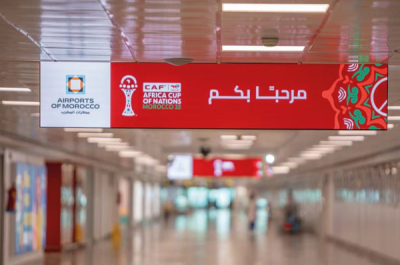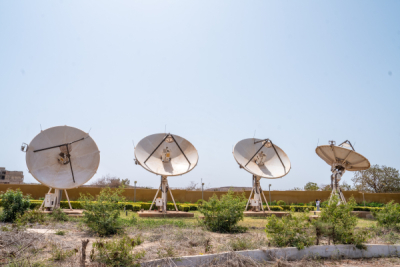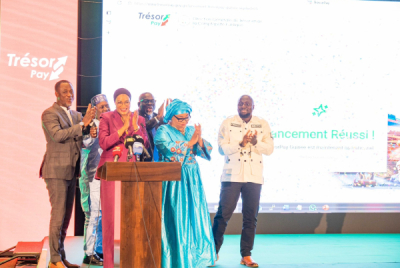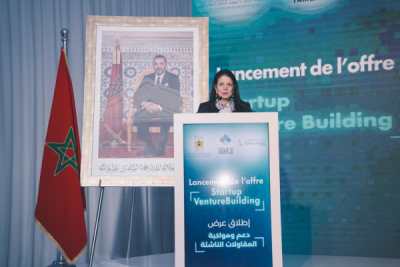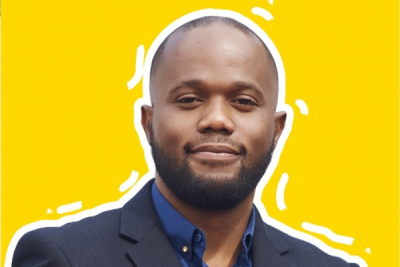A new cycle of transformation is underway in the African telecom market. Under growing pressure, only the most decisive operators with an ambitious vision will be able to seize the opportunity, paving the way for a new phase of growth.
Artificial intelligence (AI) is generating growing interest across various sectors in Africa. Google estimates that its adoption could contribute up to $1.5 trillion to the continent’s economy by 2030. In the telecommunications sector in particular, AI has the potential to act as a growth catalyst, a key tool for addressing numerous challenges, and a gateway to new opportunities. This comes at a time of profound market transformation, marked by increasing operational challenges (network maintenance costs, energy, marketing, and commercial services) and rapid technological changes.
Over the past fifteen years, the market has witnessed increased consolidation and multiple divestments, reflecting the strategic repositioning necessary for players facing fierce competition, margin pressures, and increasingly stringent regulations. In 2014, Etisalat reorganized its presence by selling its subsidiaries to Maroc Telecom. In 2016, Orange acquired Millicom’s (Tigo) subsidiary in the Democratic Republic of Congo, as well as Bharti Airtel’s subsidiaries in Burkina Faso and Sierra Leone, while withdrawing from Kenya. In 2021, the sale of its operations to the Ghanaian state marked Millicom’s complete exit from Africa. Several acquisitions, divestments, and bankruptcies have followed over the years, including Vodafone’s sale of its Ghanaian operations to Telecel Group in 2023 and MTN Group’s withdrawal from Guinea and Guinea-Bissau in 2024.
A Decisive Turning Point
Today, AI is seen by several telecom players in Africa as an opportunity to be fully leveraged. It promises greater efficiency and cost reduction. At the Northern Africa OTF event organized by Huawei during the Mobile World Congress 2025 in Barcelona, Spain, Bruce Xun, president of Huawei’s global technical service, identified AI as a major inflection point. According to him, AI will optimize operations, enhance decision-making, and create new sources of value, paving the way for innovative and high-performance telecom solutions in the digital age. This is why the Chinese technology company has been investing for several years in AI research and integration into its new services and infrastructures, particularly telecom towers that adjust their capacity based on network traffic.
Huawei is not the only company to recognize AI’s transformative potential. In an interview with CIO Mag in 2024, Jocelyn Karakula, chief technology innovation officer at Orange Middle East and Africa (OMEA), highlighted that the company had already adopted AI for various applications. “AI is a strategic priority for Orange, given its ability to accelerate value creation and enhance performance across multiple domains. In terms of networks, which are primarily mobile in Africa, we manage increasingly complex technologies (2G, 3G, 4G, and now 5G) in countries facing energy challenges. To ensure optimal network performance, AI provides additional capabilities that guarantee the quality of service and customer experience,” he explained.
A study published in 2024 by Nvidia reveals that nearly 90% of telecom companies worldwide use AI, with 48% in the pilot phase and 41% in active deployment.
A Wide Range of Applications
In several countries, notably Nigeria and South Africa, MTN Group has made AI a cornerstone of its customer service. Through the Zigi chatbot and virtual assistants, the company has reduced response times to customer inquiries and improved satisfaction levels. Vodacom, in collaboration with Nvidia, is developing a virtual network management platform that uses AI to facilitate decisions on network performance improvements. In Kenya, Safaricom has deployed Nokia’s AVA energy efficiency software, which utilizes AI and machine learning algorithms to automate the shutdown of inactive equipment during low-usage periods, thereby reducing energy consumption and costs.
Hicham Ennoure, executive vice president of Moov Money Gabon, recently revealed in Barcelona that the rapid modernization of the platform, combined with targeted marketing strategies based on data analysis, allowed the company to increase its user base by 84% and its revenue by 85% in 2024.
Operational Efficiency
Major strategy consulting firms are also optimistic about AI’s positive impact on telecoms. McKinsey cites the example of a European telecom operator that increased its marketing campaign conversion rates by 40% while reducing costs, thanks to AI-generated personalized content. Another example is a Latin American operator that improved customer service productivity by 25% and enhanced the quality of customer experience, with the potential to reduce costs by 15% to 20%.
“Our experience working with clients indicates the potential for telcos to achieve significant EBITDA impact with gen AI. In some cases, estimates indicate returns on incremental margins increasing 3 to 4 percentage points in two years, and as much as 8 to 10 percentage points in five years, by enhancing customer revenue through improved customer life cycle management and decisively reducing costs across all domains,” writes McKinsey.
Challenges to Overcome
While AI offers considerable opportunities, its adoption in Africa is not without obstacles. IBM indicates that integrating any new technology requires investment. Modern AI investments are costly, even though they promise long-term profitability. However, not all operators have the financial capacity to undergo this transformation.
The American firm also notes that AI adoption fundamentally transforms businesses, requiring many employees—if not all—to acquire new skills to integrate AI tools into their work. Yet, Africa still faces a shortage of specialists in advanced technologies. Moreover, ethical and regulatory issues related to AI usage, particularly regarding data protection and privacy, require special attention.
To overcome these challenges, the GSMA recommends close collaboration between governments, operators, and technology players. Public authorities must establish policies that encourage AI-driven innovation and investment while ensuring a balanced regulatory framework. Meanwhile, operators must invest in training and developing local talent to maximize the benefits of this technology.
Muriel EDJO



